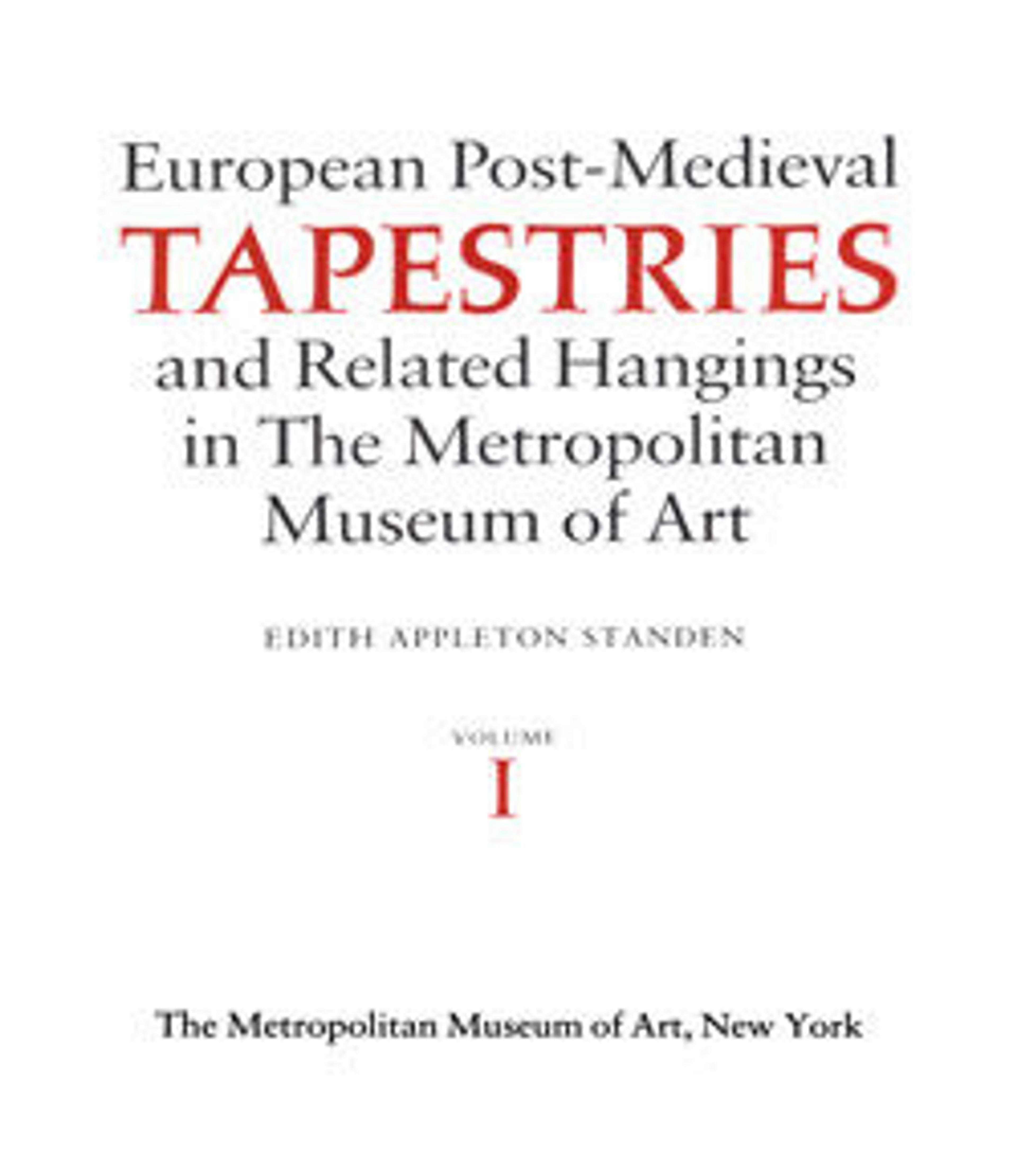Saint Veronica
Small-scale devotional tapestries like this one were popular among the most elite collections of Europe. One buying trip for twelve such textiles cost Queen Isabella of Castile the equivalent to ten years of the salary she paid the ship’s master on Christopher Columbus’s transatlantic voyage in 1492. A tapestry comparable in size and subject to this one belonged to Isabella’s granddaughter, the Habsburg Queen Catherine of Portugal. The sixteenth-century appeal of this tapestry lay in the skill of its weavers—who rendered the folds of Veronica’s mantle in silver thread, tackling the challenging effect of watery reflections—and in its compelling design. The life-size Veronica, head overlapping the border, seems to step out of the textile and into our space.
[Elizabeth Cleland, 2017]
[Elizabeth Cleland, 2017]
Artwork Details
- Title: Saint Veronica
- Designer: Possibly after a design by Bernard van Orley (Netherlandish, Brussels ca. 1492–1541/42 Brussels)
- Date: ca. 1525
- Culture: Netherlandish, probably Brussels
- Medium: Wool, silk, gilded silver metal-wrapped threads (18-21 warps per inch, 7-8 per cm.)
- Dimensions: Overall: 68 × 51 in. (172.7 × 129.5 cm)
- Classification: Textiles-Tapestries
- Credit Line: Bequest of George Blumenthal, 1941
- Object Number: 41.190.80
- Curatorial Department: European Sculpture and Decorative Arts
More Artwork
Research Resources
The Met provides unparalleled resources for research and welcomes an international community of students and scholars. The Met's Open Access API is where creators and researchers can connect to the The Met collection. Open Access data and public domain images are available for unrestricted commercial and noncommercial use without permission or fee.
To request images under copyright and other restrictions, please use this Image Request form.
Feedback
We continue to research and examine historical and cultural context for objects in The Met collection. If you have comments or questions about this object record, please contact us using the form below. The Museum looks forward to receiving your comments.
